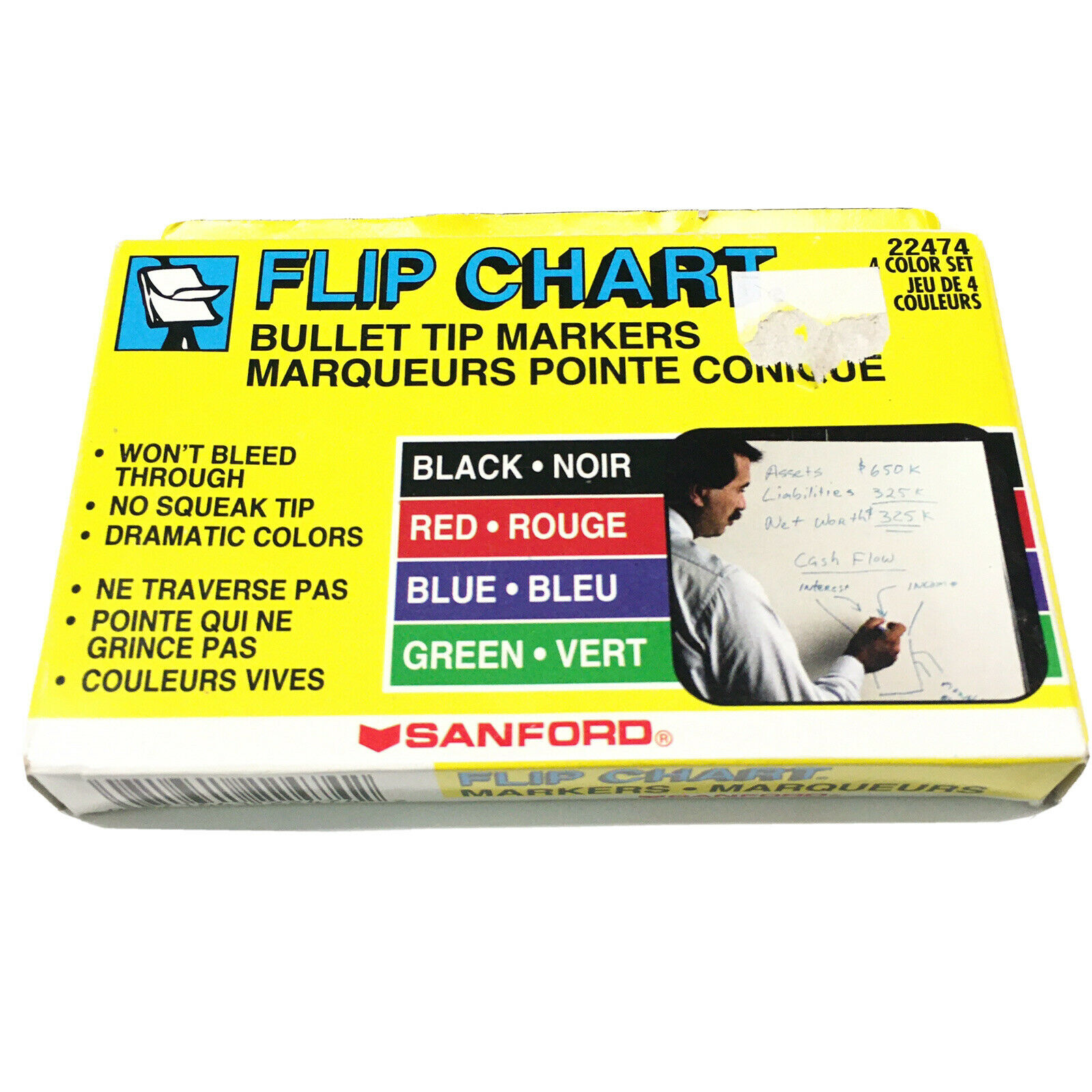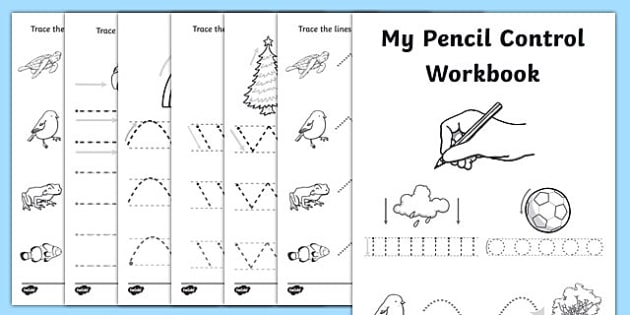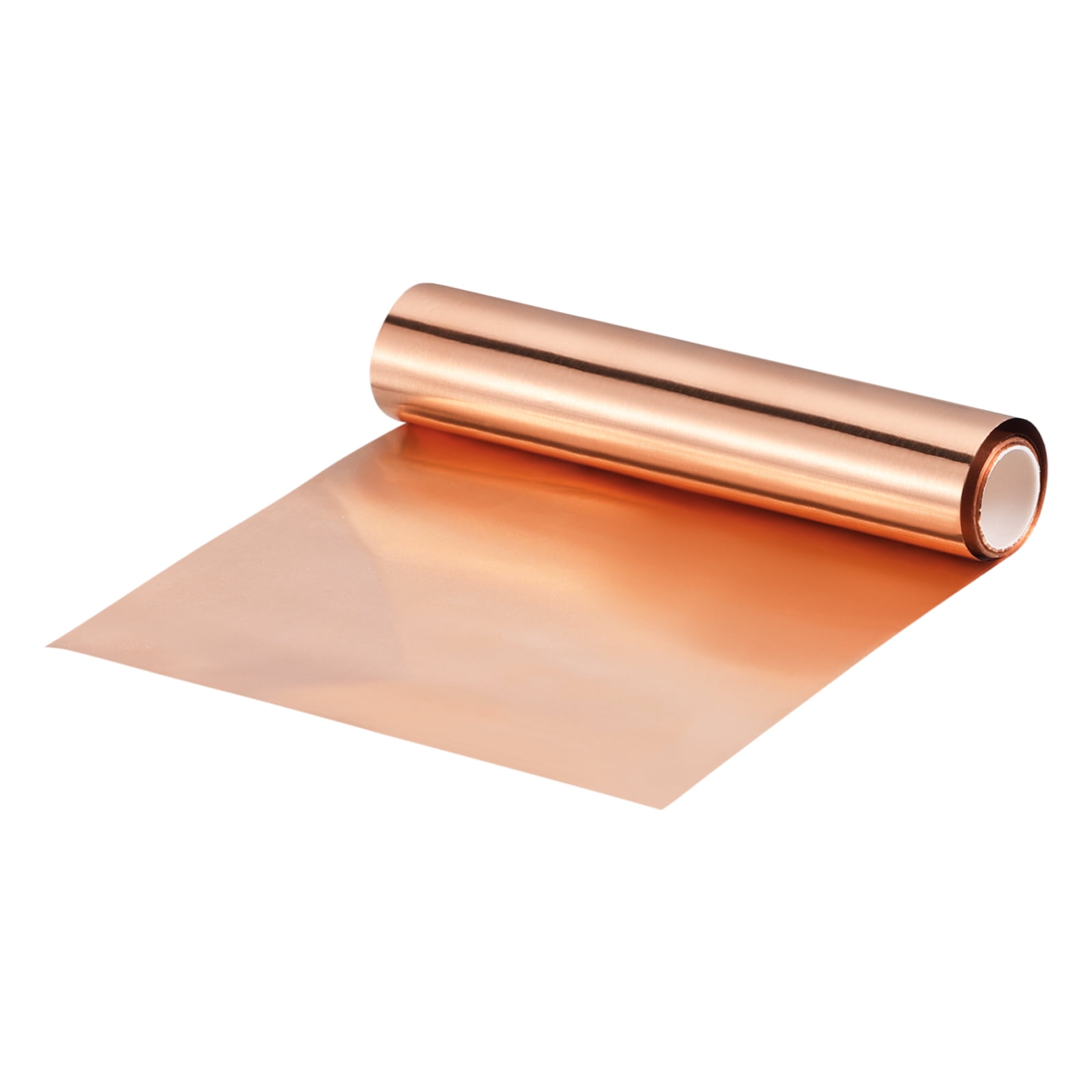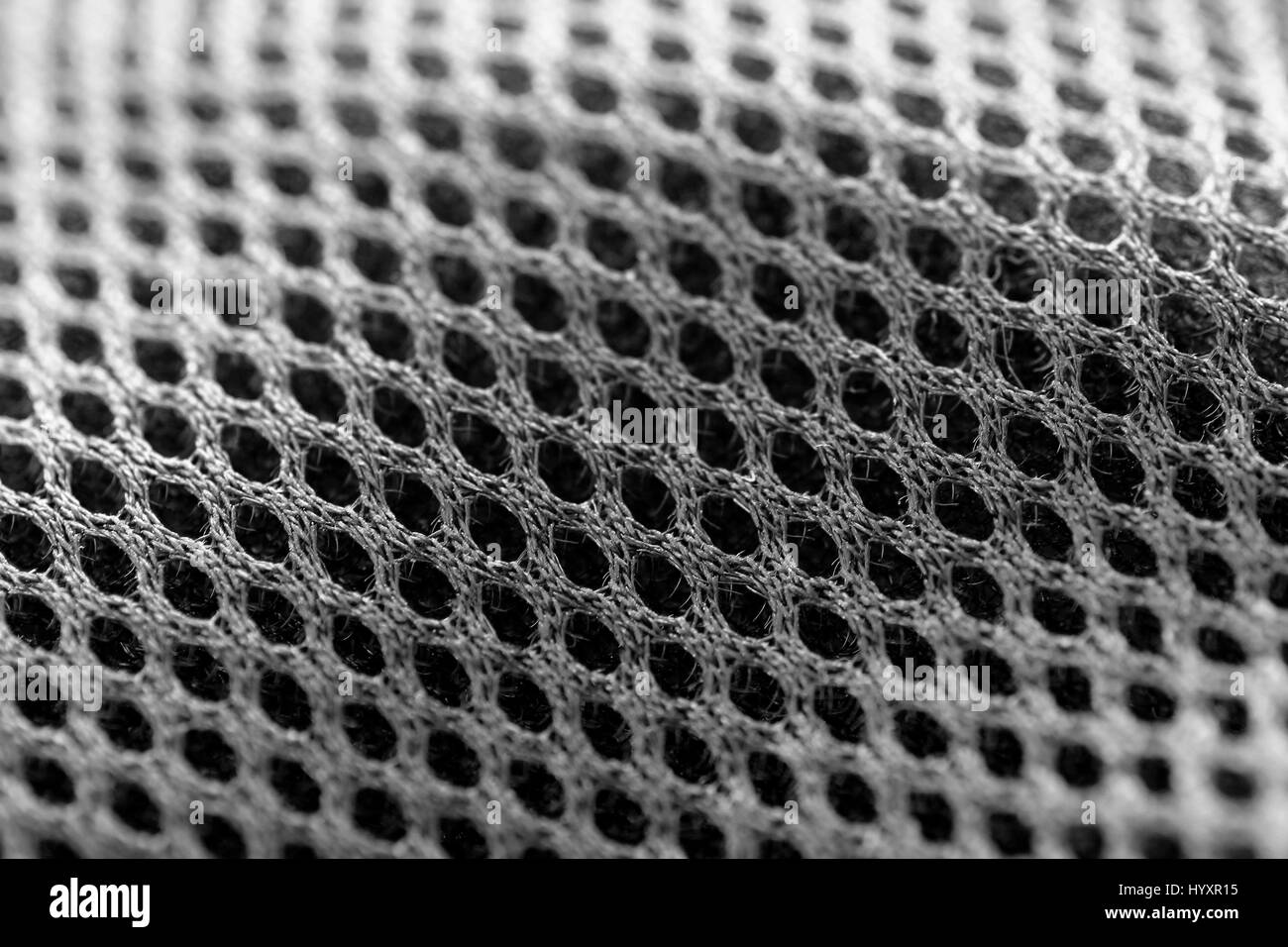
Sticky Note Chart paper Markers, Glitter markers, highlighters Ream of Paper, Video (Individual) Handout 1- The Standards (Class Sets) Handout ppt download
Discuss the Maryland College and Career Ready (MCCR) standards for argument writing Differentiate between assigning and teaching writing Identify the components of effective argument writing
Sticky Note Chart paper Markers, Glitter markers, highlighters Ream of Paper, Video (Individual) Handout 1- The Standards (Class Sets) Handout 2- The Prompt and Texts Handout 3- The Student Sample w/out Comments Handout 4- The Student Sample with Comments
College Career Ready Conference
Murray, A Writer Teaches Writing Anderson, Carl. Assessing Writers (107)..
Argument Informative/explanatory Narrative
The Standards acknowledge the fact that whereas some writing skills, such as the ability to plan, revise, edit, and publish, are applicable to many types of writing, other skills are more properly defined in terms of specific writing types: arguments, informative/explanatory texts, and narratives.
Students can, without significant scaffolding, comprehend and evaluate complex texts across a range of types and disciplines, and they can construct effective arguments and convey intricate or multifaceted information.
They learn to appreciate that a key purpose of writing is to communicate clearly to an external, sometimes unfamiliar audience, and they begin to adapt the form and content of their writing to accomplish a particular task and purpose.
W.7.1 Write arguments to support claims with clear reasons and relevant evidence. W.8.1 Write arguments to support claims with clear reasons and relevant evidence..
W.7.1.a Introduce claim(s), acknowledge alternate or opposing claims, and organize the reasons and evidence logically. W.8.1.a Introduce claim(s), acknowledge and distinguish the claim(s) from alternate or opposing claims, and organize the reasons and evidence logically..
W.7.1.b Support claim(s) with logical reasoning and relevant evidence, using accurate, credible sources and demonstrating an understanding of the topic or text. W.8.1.b Support claim(s) with logical reasoning and relevant evidence, using accurate, credible sources and demonstrating an understanding of the topic or text..
W.7.1.c Use words, phrases, and clauses to create cohesion and clarify the relationships among claim(s), reasons, and evidence. W.8.1.c Use words, phrases, and clauses to create cohesion and clarify the relationships among claim(s), reasons, counterclaims, and evidence..
W.7.1.d Establish and maintain a formal style. W.8.1.d Establish and maintain a formal style..
W.7.1.e Provide a concluding statement or section that follows from and supports the argument presented. W.8.1.e Provide a concluding statement or section that follows from and supports the argument presented..
Establish a clear purpose for writing, modeling the language found in the Writing Standards Specify the audience to be addressed State clearly the topic, issue, or idea to be addressed Reference the source text(s) serving as the stimulus for a student response Specify the desired form or genre of the student reponse
What is the difference between assigning writing and teaching writing
provide students with the writing task assign a text and require students to write an essay on a given topic collect and grade the task provide minimal feedback proceed to the next task.
show students what is expected of them based upon the standards provide models of high-quality writing offer meaningful feedback allow opportunities for students to develop and strengthen writing by planning, revising, editing, rewriting, or trying a new approach.
Deconstruct the following prompt
Read the texts Take critical notes as necessary
How can we prepare students to become good writers
Write arguments Support claim(s) with clear reasons and relevant evidence Introduce claims Distinguish claims from alternate or opposing claims Organize the reasons and evidence logically
Support claims with logical evidence Use accurate, credible sources Demonstrate and understanding of the topic or text Clarify the relationships among claim(s),counterclaims, reasons and evidence Maintain a formal style Provide a concluding statement or section
Read the student samples Use the writing and language standards to provide appropriate comments where necessary Construct feedback in the affirmative
At your table, what comments based on the standards would be most helpful for this student
2) In what ways did achievethecore.org use the standards in their feedback .
What are the instructional implications
There’s no substitute for doing when it comes to understanding. Teachers, when they write, uncover the hard parts and are thus better able to see which mini- lessons will most benefit their students. Writing done by the teacher drives better instruction. Gallagher, Kelly. Teaching Adolescent Writers (48)..
This demonstrates to students that good writing is the product of multiple revisions. Students see the teacher struggle with the complexity and chaos of writing. This helps demystify the writing process. Students no longer maintain the false impression that good writing just flows at will. Gallagher, Kelly. Teaching Adolescent Writers (48)..
msde.state.md.us Carl Anderson’s book: Assessing Writers Kelly Gallagher’s book: Teaching Adolescent Writers
Please contact MSDE staff with additional questions: Ava Spencer

3 Pack Easel Pads 30 Sheets/pad 25 x 30 Inch, Large Chart Paper with 8 Colorful Markers Pens and 5 Assorted Colors Sticky Note Pads for School Office Home : Office Products
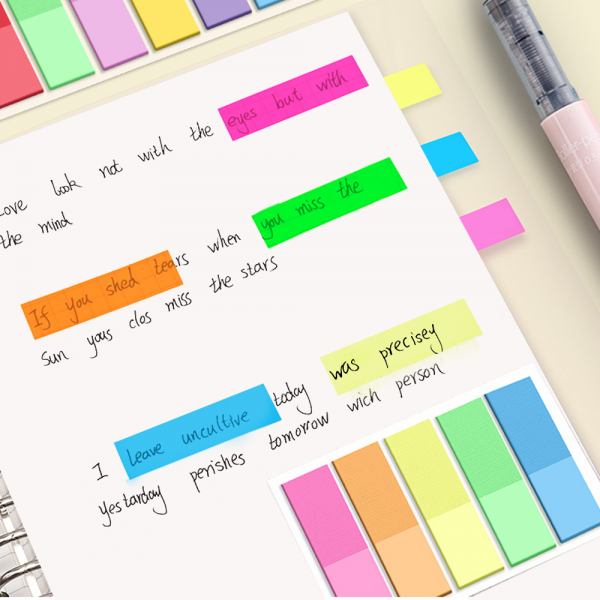
1640 Pcs Colored Flag Index Tabs,Hommie Writable Sticky Notes Labels, Fluorescent Neon Page Marker,Bookmarks,Text Highlighter Strips,6 Sizes,7 Colors for Student Teacher Staff

Post-it Super Sticky Easel Pad, 25 in x 30 in Sheets, Yellow Paper with Lines, 30 Sheets/Pad, 4 Pads/Pack, Great for Virtual Teachers and Students (561 VAD 4PK) : Sticky

Sticky Easel Pads 4 Pack Large Flip Chart Easel Pad 25 x 30 Inches, 30 Sheets/Pad with 8 Colorful Dry Erase Markers and 8 Sticky Notes White Self Stick Flip Chart Paper for Teachers and Students : Office Products

Create a Post it Note Effect
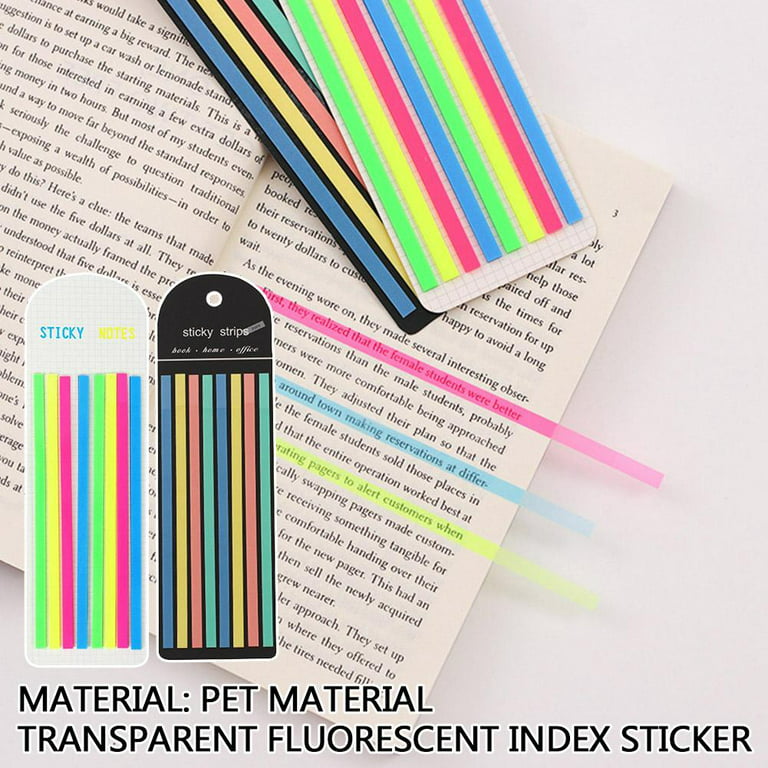
Highlighter Tape, Transparent Sticky Long Page Markers Tabs, Neon Clear Highlighter Strips Flags Stickers, Book Tabs for Annotating Books Office
LARGE EASEL PAD PAPER - With rigid cardboard backing, strong staples and easel-friendly cutouts, our easel pad paper is ideal for brainstorming and

Sticky Easel Pads, Upgraded Flip Chart Paper, Large Easel Paper for Teachers, 25 x 30 Inches, Self Stick Easel Paper for White Board, 30 Sheets/Pad, 4

Sticky Note Chart paper Markers, Glitter markers, highlighters Ream of Paper Video (Individual) Handout 1- The Standards (Class Sets) Handout ppt download

Sticky Notes for the Classroom Notes template, Sticky notes, Student reflection

Highlighter Sticky Notes: Long Strips Page Markers For - Temu
